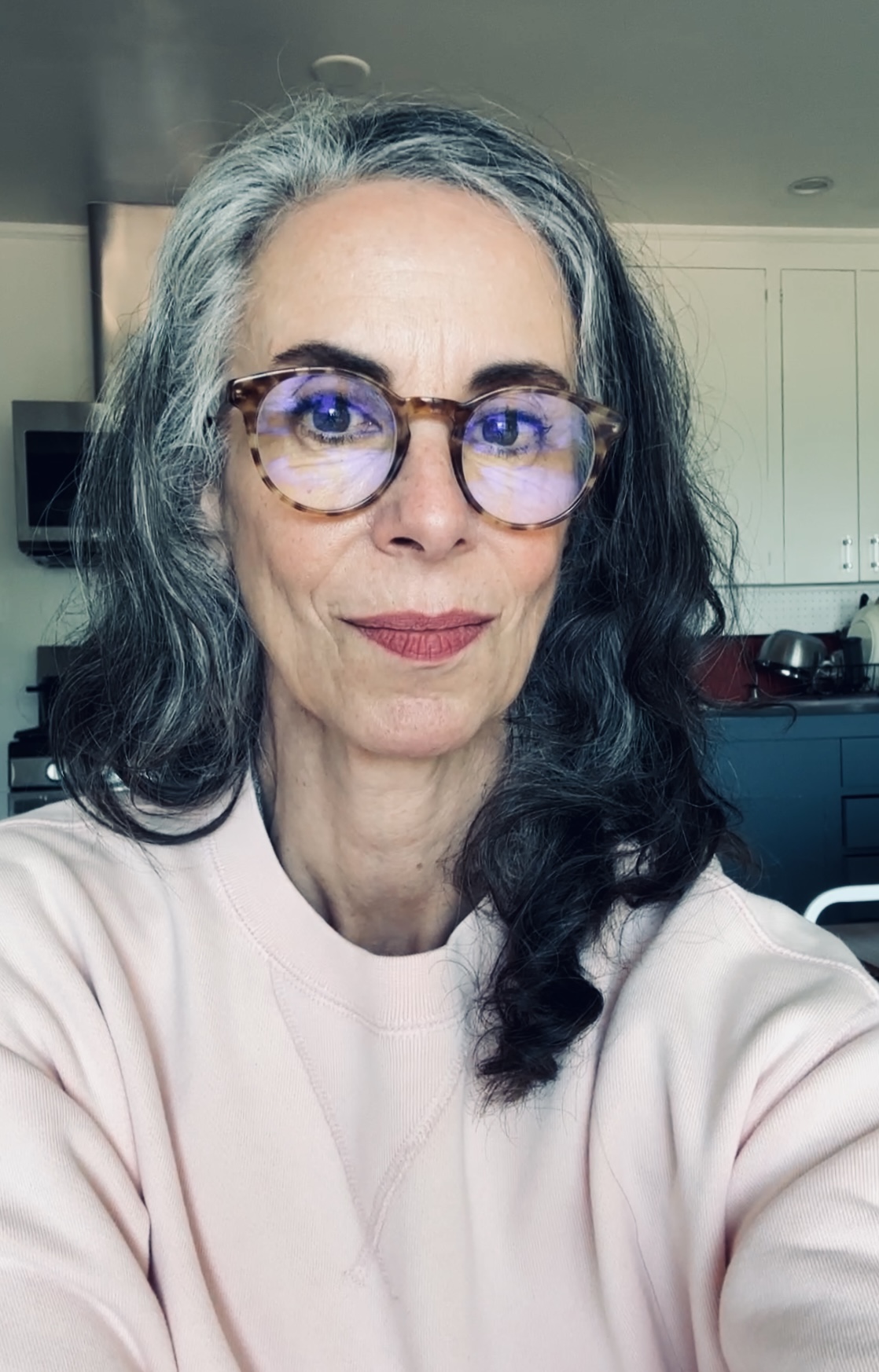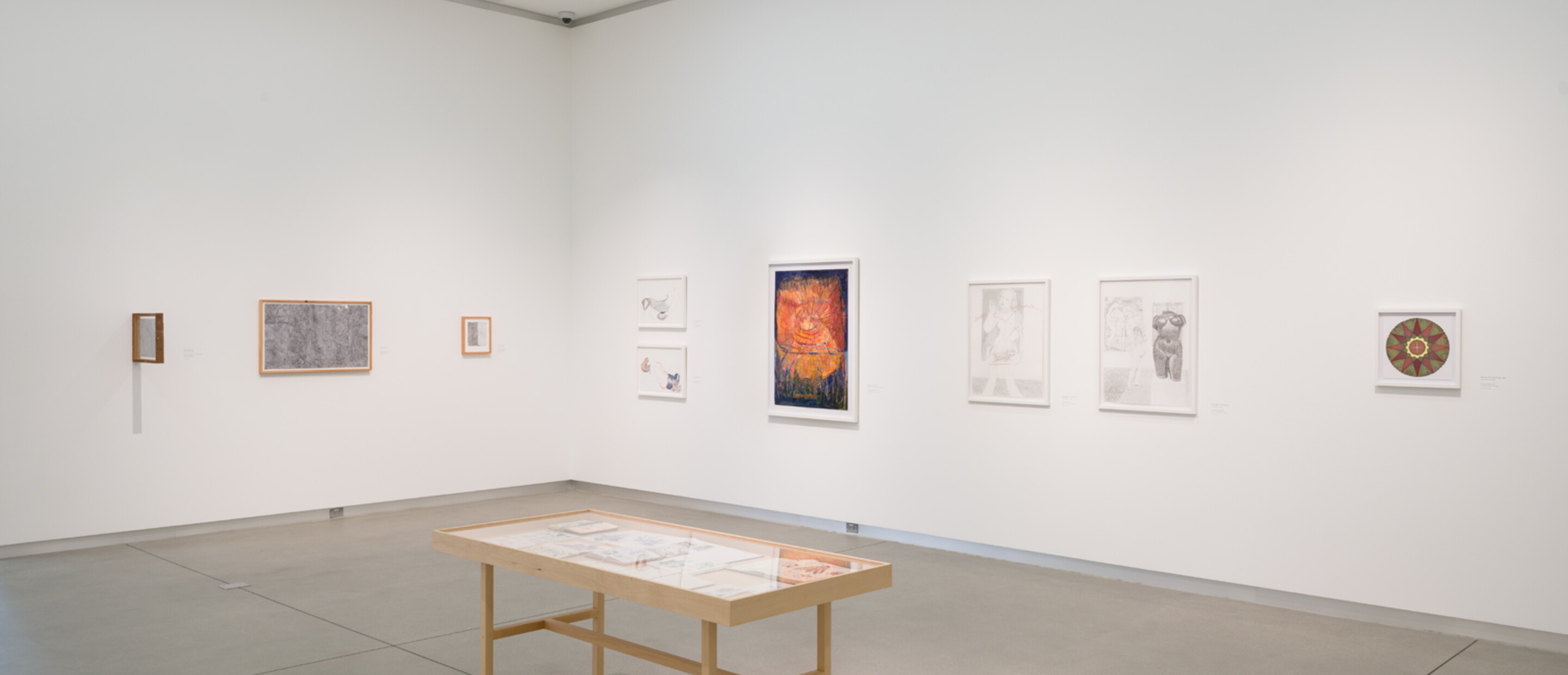 Elizabeth Tremante is a painter from Los Angeles who earned her MFA in painting from Stanford University. She is the recipient of the Sustainable Art Award, the Puffin Foundation Grant for Artists, and the the Lillian Orlowsky and William Freed Grant, which included an exhibition at the Provincetown Area Art Museum. She has had solo exhibitions at Serious Topics (LA); Spinello Projects (Miami); Provincetown Art Association and Museum; The Tack Room (LA); The Situation Room (LA); Jancar Gallery (LA); and Christopher Grimes Gallery. Tremante’s 2023 solo booth with Spinello Projects at Expo Chicago was called a “discovery” by Eileen Kinsella for Artnet.
Elizabeth Tremante is a painter from Los Angeles who earned her MFA in painting from Stanford University. She is the recipient of the Sustainable Art Award, the Puffin Foundation Grant for Artists, and the the Lillian Orlowsky and William Freed Grant, which included an exhibition at the Provincetown Area Art Museum. She has had solo exhibitions at Serious Topics (LA); Spinello Projects (Miami); Provincetown Art Association and Museum; The Tack Room (LA); The Situation Room (LA); Jancar Gallery (LA); and Christopher Grimes Gallery. Tremante’s 2023 solo booth with Spinello Projects at Expo Chicago was called a “discovery” by Eileen Kinsella for Artnet.
What does it mean to make drawings, especially over other art forms?
Drawing suits the moment. Drawing’s economy and physicality, filtered through work and conviction, give substance to a quiet kind of power. Making a drawing is a reminder that you don’t need much, including the approval of others, to develop a sense of one’s place in the world.
I make stacks of drawings of people in my imagination as well as people depicted in historical paintings. These drawings suggest that different social/political/historical pressures can manifest in the way a person holds or contorts their body. These drawings become source material for the figures in my paintings.
What kind(s) of rituals are embedded in your drawing practice?
Erasing. I’ve always loved the story/work Erased de Kooning Drawing: in 1953 Robert Rauschenberg asked Willem de Kooning for a drawing, then erased it to make it his own work. Erasure can be so crude, funny, and curious. You can wreck the surface of the paper, you can reshape an edge, or you can leave a ghostly trace of another moment in the work. Erasing can bring light back into a drawing. I have a favorite type of eraser that I use, and I cut them with a razor to whatever shape meets my needs. So, I always draw with a plan to erase, and I always erase.
In what ways does Los Angeles influence (or not) your approach to drawing?
When I first moved to Los Angeles, I binged on movies about apocalyptic LA, such as Volcano and Escape from LA. I loved living in a place that was on the dark edge of taste, sanity, and humor. Then, early in 2025, I lost almost all my sketchbooks and drawings made from my early 20s to the present in the Eaton Fire. There’s a hollowness now that describes (in their absence) what it means to make drawings. Marks can fill a space, create a history, and document painful or essential responses to simply being.
As I reflect on how ridiculous, tawdry, and funny it was to see Volcano’s sweaty Tommy Lee Jones playing it serious while trying to escape the slow-moving lava slouching up and out of the La Brea Tar Pits (all the while unnecessarily carrying his teen daughter who was clutching a teddy bear), I wonder about the inevitability of disaster. In culture and image, LA has been destroyed over and over by fire, lava, tornadoes, technology, sharks, and space aliens, yet it renews itself every time. I’m trying to embrace this particular type of absurd LA-ness and start over.
